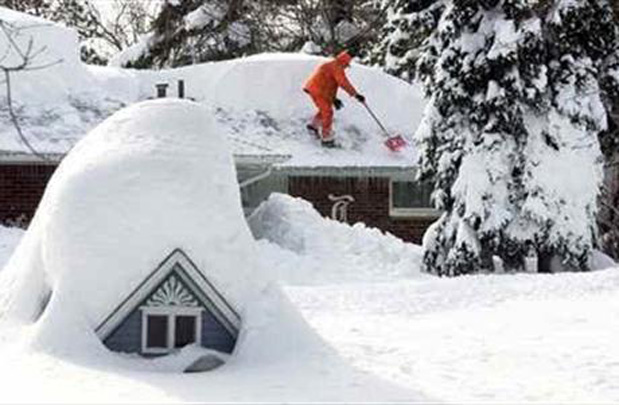Fall is in the air, with the aromatic hints of burning leaves, apple cider, and pumpkin pies. Hearing the cheers from the local football field, kids lining up at the bus stop, and leaves turning beautiful warm hues are also signs of my favorite time of the year. If only time could stand still…or at least the season, right?
Unfortunately, with fall upon us, it also means that winter is quickly approaching as well. We may have a few weeks before we have to worry about it, but it will by go fast. It always does. I personally don’t mind winter too much, wrapping up in a cozy blanket on a cold night in front of the fireplace. However, it does wreak havoc on my lawn and landscaping.

In past winters, plants have been destroyed from the heavy snow falls and ice, brick paver walkways have been disrupted, and the lawn turns an ugly shade of mud until spring. I am sure you have experienced a bit of this as well. The good news is that there are steps we can take to help protect our outdoor investments and help it survive the brutal winter elements.
A Little Care for the Lawn and Trees
One thing that I believe most of us forget is to keep watering our lawns, trees, and plants, well into the fall season. It’s recommended that lawns are watered up until the first freeze. I actually thought for the longest time that when the leaves fell, that was it. But, I was wrong.
And, speaking of leaves, after they fall use them for fertilizer. You can either rake them up and start a compost pile, or do what we do. Simply mow them with the lawnmower to create finely-textured mulch for the lawn. It makes a great fertilizer, and a lot less work!
Don’t Forget the Perennials and Annuals
Thinking ahead to spring, take a few steps now to make sure your plants have their best chance for a healthy bloom. Remove the dying (and dead) foliage from plants and bushes. Removing this will help reduce the risk of spreading disease to your other plants. If that happens, it’s hard to correct.
Some people recommend cutting back to the root, while others argue that in a natural and wild setting it never is cut at all, and survives just fine. So, this will obviously be a personal preference.
Protect the Wooden Structures
Make sure you take care of all your wooden structures, such as the following:
- Fencing
- Decking
- Tables
- Benches
- Gazebos
The best way to do this is to remove all leaves and debris before the first snowfall. If all these leaves are left to set on the wood, under the heavy snow, it can lead to damage and problems with your structures.
Also, if you haven’t treated your structures in a while with a sealant, you might want to get that on before winter hits. I can’t imagine spending a lot of time and money to install beautifu lcedar fences and decking, to have it start ‘graying’ prematurely.
Prepare the Lawn Accessories
I am not talking about plastic pink flamingos. Those seem to be indestructible. What I am talking about are large urns, fire pits, and grills.
Let the smaller items hibernate in a shed for the winter, to protect them from harsh winds, damaging precipitation, and brutal temperatures. Things such as wind chimes, small vases, and furniture cushions will benefit with longevity if stored indoors during the winter months.
However, the larger items such as the grill or fire pit can be covered with a heavy covering, preferably one that is tied, or weighted down.
Draining the Water Features
We have a waterfall in the yard, and each fall we must ‘blow out’ the lines and remove the motor to protect it from bursting in freezing temperatures. It’s a chore, sure, but well worth the effort to preserve a piece of outdoor art.
The same should be done for any water item, including the underground water sprinklers and hoses.
Planting for the Spring
While you are preparing the lawn and landscaping for winter, part of the process should be planting bulbs for the spring, such as tulip bulbs. Plant them deep in the ground to avoid animals finding them before snow falls.
Also, it’s a good time to plant a little grass seed before you fertilize. This will help your battered lawn bounce back a little quicker in the spring.
In Closing
Even though this is my favorite time of the year, it does come with a list of chores to do. But, without these chores now, there will probably be a bigger list to accomplish come spring time. It could also save you money by not having to replace items that should have been protected.
Kathy Barber is a freelance writer who spends a lot of time researching for various data for current and future projects. In fact, she was inspired to write on the topic of winterizing the backyard as she is writing articles for http://www.a1-fence.com. Other topics she has tackled are health, home brewing, and online business. Kathy resides in Michigan with her husband and young son. She enjoys spending time with them, camping, entertaining, sports, and music.

